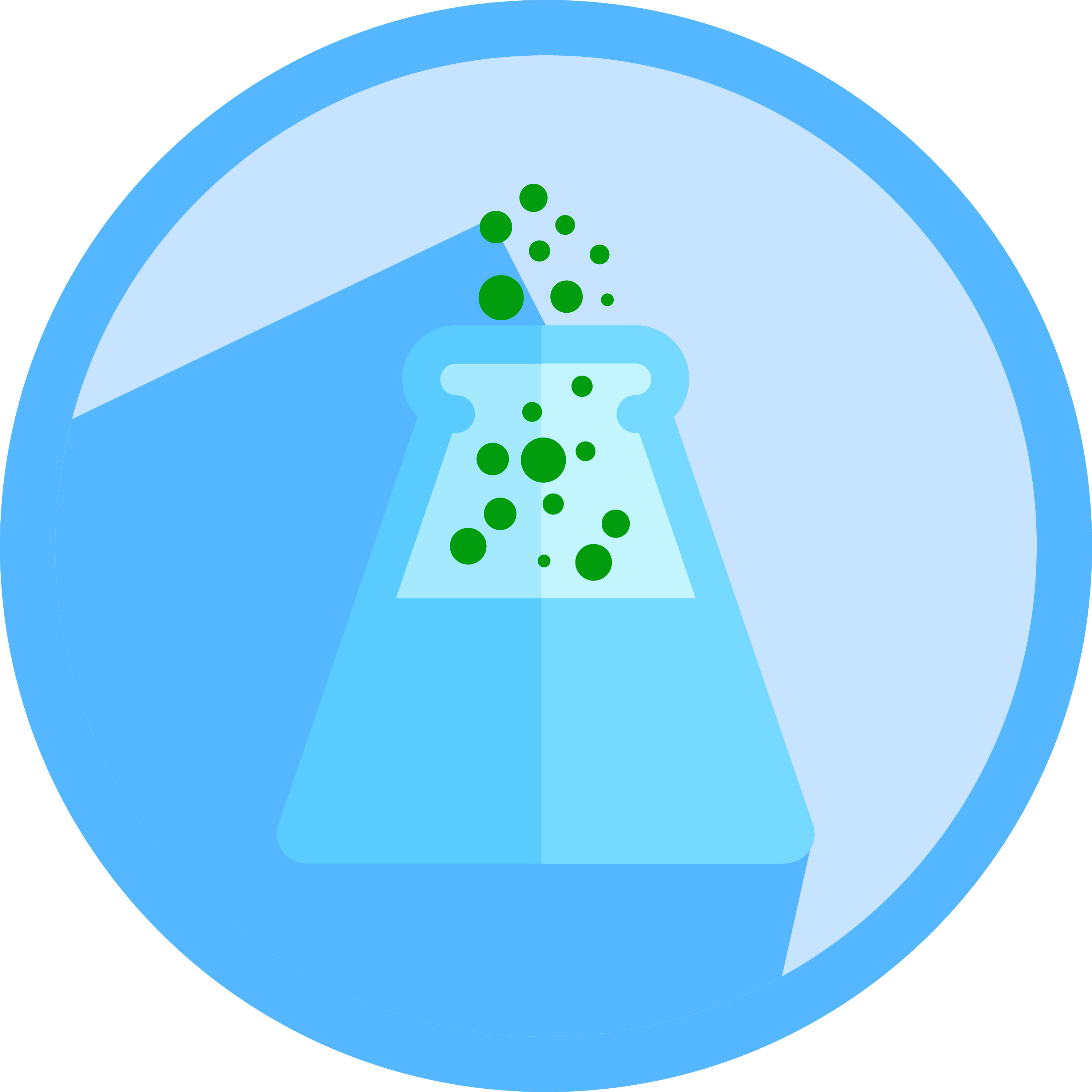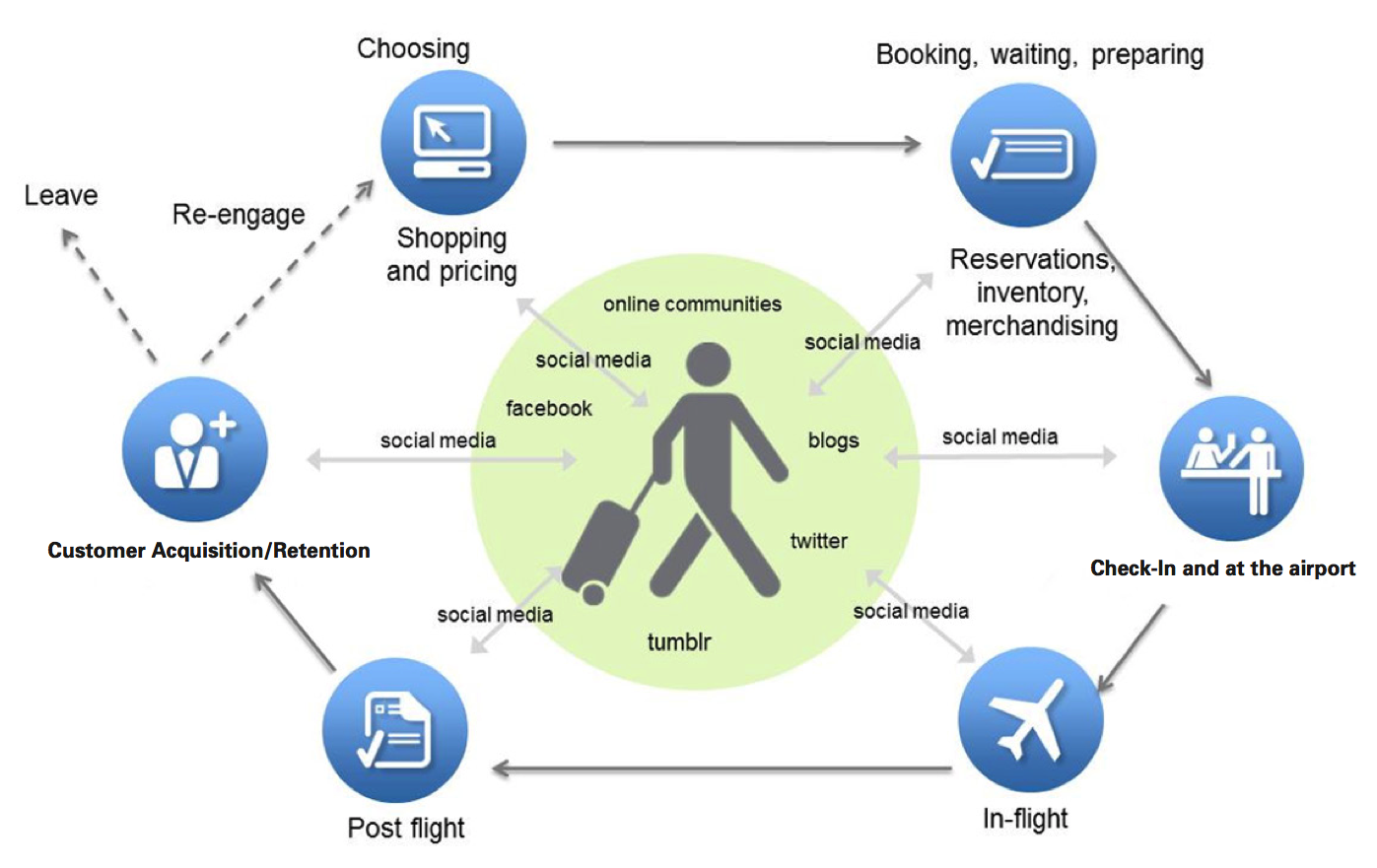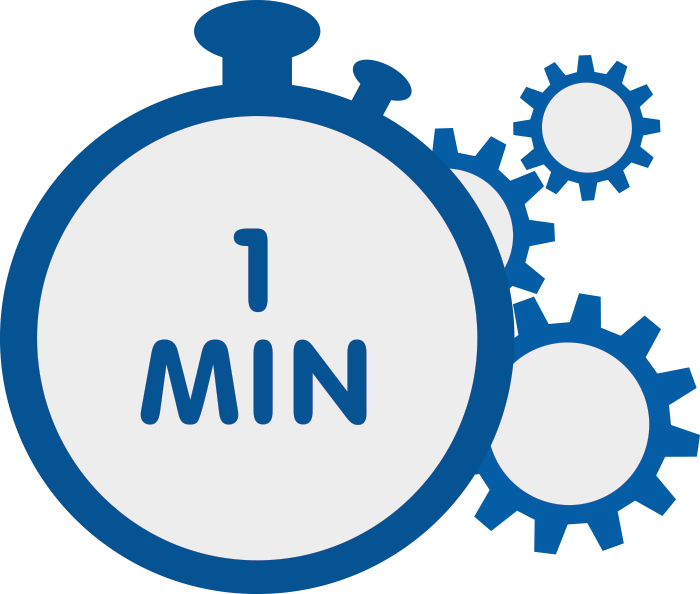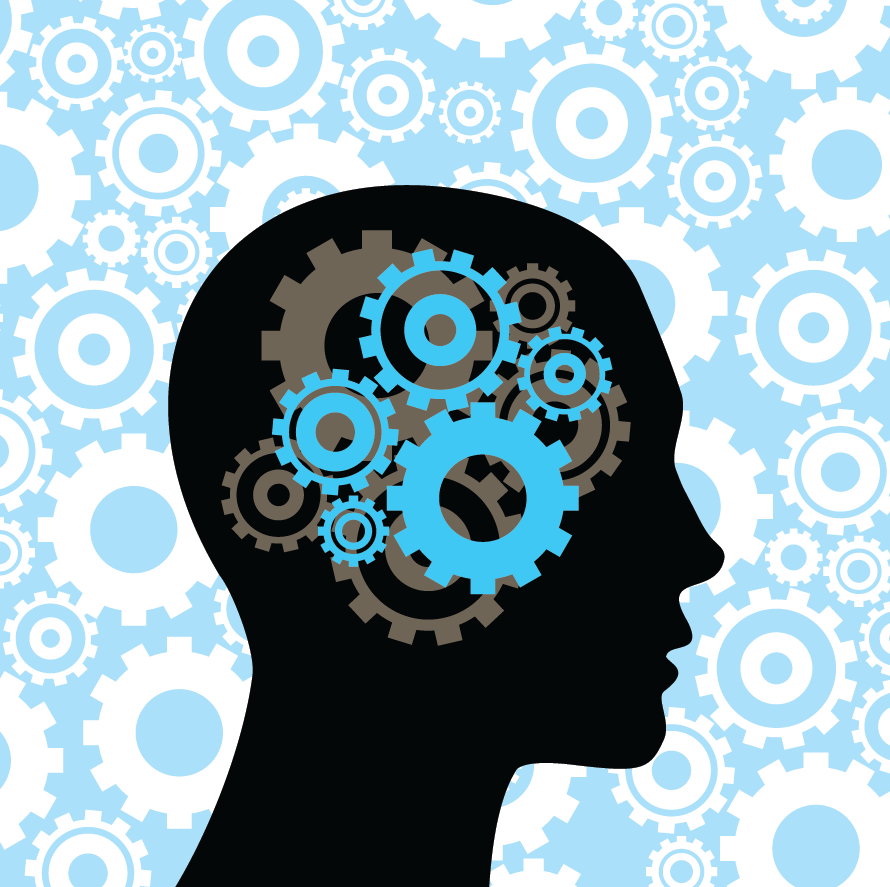Understanding How Human Needs and Brand Stories Affect Your Customers Is The Key To Building A Billion Dollar Brand
But first.. what's your story?
Ever hear someone say that? Do you remember it? How did it make you feel?
Random Questions? Actually, no. The stories you remember, the stories that matter to you - I am willing to bet - are the brands you own.
In the busy world of operating a business, dealing with all of the distractions of life, work, family, and everything else demanding your time and attention we can easily forget to take a step back and examine what our brand story is.
In this blog post I am going to explain why right now is the perfect time for you to invest in your brand and see where your story aligns because this is the key to building a billion dollar brand.
I am also going to provide you with the resources and training to identify where you should be and how to make the proper adjustments so your brand can grow.
Finally, I am going to pack this post with a plethora of examples of billion dollar brands so you can see and understand why this is so important and how effective it is.
If that sounds good to you, please read on!
But first, make sure to download your Free Building a Billion Dollar Brand cheat sheet that covers everything included in this tutorial. It's free and it's packed with great info that you can start using today.
Claim your FREE
Building A Billion-Dollar Brand Cheat Sheet plus
your one-on-one consultation with Daniel Bussius!
Hopefully you've downloaded your Cheat Sheet. Now let's get started!
How your brain processes information is critical for understanding how to effectively communicate
The human brain processes information in stages. At each stage, the brain determines what type of content this is, what is important from it and where it needs to go next.

The human brain has undergone 3 evolutions. At each evolution a new layer of brain developed and expanded the former brain's processing power.
The original brain (1st level) is known as the reptilian brain
The reptilian (or lizard brain) is conservative in the way it processes power. It hates to work more than it has too and is focused primarily on the following topics:
- Is this going to kill me? (Threat)
- Can I eat it? (Survival)
- Can I mate with it? (Propagation)
- Is this something important enough to pass on to the next brain? (Importance)
Have you ever experienced this?
You are having a conversation with someone and they are not paying attention to you. You can see that they are not engaged or their eyes are looking elsewhere. Or worse yet...you are trying to pitch your business or project to a client and they show no interest.
Why does this happen? Is your story really that boring?
Not quite.

That's because you are stuck at the gate of their Reptilian brain and it has decided that;
(a) you aren't a threat,
(b) there's nothing here to eat,
(c) no chance for sex
(d) due to the other 3 factors you haven't sparked much interest to be granted access to the next level of brain.
Therefore that person sitting in front of you is drawing little 3-D squares on paper, playing with their pen or staring blankly out the window.
It's important that you realize outside all the other distractions we have in our lives including worrying about work, money, health, and family that we also have this reptilian brain guarding the gates of our brain.

If we fail to deliver an effective message that cannot stand out amongst all the noise then our message fails to make it past the previous brain's gate keeper and will never be processed by the brain.
This means your message never existed in their world. It was completely out of sight and completely out of their mind.
But here's an unfortunate catch to this: They will remember you contacted them BUT they will not remember what you said. So you basically burned a touch point before contact exhaustion but conveyed literally nothing.
Let's take a quick look at an effective ad that doesn't even try to get past the Reptilian brain but rather, engage it directly.
If you live anywhere on the West Coast of the USA then you've seen this ad...
If you watched the video you'll understand that Carl's Jr. knows their target customer base. They opted to send a message to their target customer's reptilian brain.
Let's take a quick inventory on what this ad addressed to the reptilian brain:

Is it going to kill me?
YES. The beginning of this ad shows a giant truck, covered in dirt. The camera angle is from a first person view point. If you were actually in this frame, you would be on the ground with a chance of being run over. This angle shows the truck in a dominating stance and it immediately demands attention from your reptilian brain to process this further and identify the threat potential.

Can I mate with it?
YES. After the truck, out pops a scantily clad woman walking in a sexual fashion staring directly at you. As the video progresses, she poses in multiple sexually appealing stances which has the reptilian brain paying even more attention by using more processing power.
Can I eat this?
YES. We can't miss the Carl's Jr. burger displayed with not just one example of being consumed, but multiple examples. If that isn't enough, the ad wants to give you varying angles and sexual poses on how one might eat this.
I think you'll agree that this ad hits on all 3 core elements for the reptilian brain. Carls Jr.'s target customer happens to be the 18-35 year old male.
What part of the brain do you think 18-35 year old males spend the majority of their day in? It's the Reptilian brain. They are in the phase of discovering what they can conquer, what they can mate with and what they can ingest. For the most part, their days are spent with seeking pleasure, avoiding pain and establishing social hierarchy.
I'd say Carl's Jr. absolutely nailed it for their communication to their target audience. Wouldn't you?

(Click image to see larger view)
The second level of the brain is the Limbic brain
The Limbic brain focuses on emotions, feelings and love.

This section of the brain is where relationships, feelings, emotions, love and responsibilities develop.
The main purpose of this brain is to figure out how to feel about the content that was sent up from the reptilian brain.
The Limbic brain is similar to the reptilian brain in that it does not like to waste a lot of energy so it's main focus is to figure out if the subject matter fits into an important category or not.
If it does not, it gets dumped.
If it is considered to be an important subject matter then it will be categorized based on the interpretation of the feeling or emotion. These become stored memories and stored memories are what our brain uses to make present and future decisions.
Does that make sense?
If your brain knows by doing something that there will be negative feelings that come from this action, your brain will direct your body away from this action.

As a kid growing up, did you have a bully in your class?
Anytime anyone was around him/her, this bully would tease them and make them feel bad.
So what did you do?
Did you avoid the bully? You likely did because your brain wired the association of this bully to feeling bad.
This is how the Limbic brain works.
Here is a great example of an incredibly effective ad that has over 5.1 Million views on YouTube alone.
The ad focuses on the Limbic part of the brain. Before you press "play" and watch this, I want you to also think of the timing for this ad. It ran in February in which the entire world is told to focus on feelings, relationships, and love. All of that is Limbic brain stuff.
It gets better. Now consider that mostly women live in the Limbic brain from day to day. It's in the DNA to be focused on family and relationships. We also know that women are the decision makers when it comes to holiday shopping.
So this formula for this ad precisely hits the ad's target customer (which is middle aged women, most likely with children and with aging parents).
It's right around Valentine's Day which is focused on relationships. This speaks directly to women as a key indicator of success based on relationship health. The ad integrates all these factors into an absolutely brilliant piece of content that hits on all pillars for the Limbic brain.

This, my friends, is brilliant marketing but - more importantly - this is a formula.
Learn this formula and follow it and you can achieve similar results for your business.
Now, if you can get past the Reptilian brain and move past the Limbic brain, you will hit the final evolution of the human brain.
This is the grandaddy of them all.
The third brain is the Neocortex and this is where all the cool things happen
The third evolution is the differentiating factor between mankind and apes. This is where deep thought, self-actualization and personal growth comes from.
If you can make it all the way up here, past the Lizard Brain, past the Limbic Brain and into the Neocortex then you have hit marketing gold.
If you are connecting at the level of the Neocortex then your brand, your message not only creates emotion, not only creates a relationship but has sparked thought and has become part of the recipient's beliefs and patterns.

The million-dollar question is how do you get there?
Herein is the formula for you to reach the Marketing Gold Mine and into the Neocortex.
Claim your FREE
Building A Billion-Dollar Brand Cheat Sheet plus
your one-on-one consultation with Daniel Bussius!
Step 1: Know Who Your Target Customers Are
It is crucial for you to know them and know them damn well. Your customers are your brand's best friend. If you don't know your target Customers as well as you know your best friend or a close family member then you have a major problem. Do not take this lightly!
If you cannot answer basic questions like these:
- Who would my Target Customer vote for?
- What are their biggest fears in life?
- How are they doing? Emotionally? Financially? Physically?
If you can't answer these questions then please schedule your free consultation with me and I will help you get this done.
Step 2: Understand Their Customer Life Cycle Journey
I talk a lot about the Customer Life Cycle Journey because I rarely see business owners and brands using it properly. If you don't have the Life Cycle Journey figured out, you are going to have a hard time knowing how and when to sell to your audience.
Hint: A Customer Life Cycle Journey is NOT a funnel. A funnel is the selling mechanism (or process) that is used at the appropriate time within the customer's life cycle journey.
A Customer Life Cycle Journey is the process a customer moves through based on the stages of their awareness that they need to purchase something and the entire process that happens as they make their decision and then ultimately buy.
The journey your customers go on entails all of their emotions, thoughts and actions as they narrow down the product choices.
They review their needs, determine their desires, conduct research on the products, look for social proof, evaluate or trial the product, check for pricing, compare their perceived value with the exchange of their time, money, and also seek the reward factor of this purchase.
Each Customer Journey is completely different based on the product and the type of customer. Below is an example of Sabre Airlines Customer Journey.

Statistically speaking, the seller who has the greatest relationship with the buyer is the one who obtains the sale.

(Click image to enlarge.)
Step 3: Understand What Part Of The Brain You Need To Target
This is the step that almost all marketers and copywriters completely forget (or not know) and skip this step. As we learned earlier in this training, if you fail to speak to the right level of the brain you get dumped into the trash.
Communicating to the right part of the brain with the right message based off of who your customer is, where they are at within their Customer Journey and then targeting them with the message that resonates with the brain they are using for this purchase will yield impressive success.

Step 4: Make The Process Painless
Everywhere on this Earth you will see this truth: All living things avoid pain. We know that our lizard brain runs the show for our basic operations in life and we know that this brain seeks pleasure and avoids pain.
In this step of the formula you must ensure that your process to make a sale to the customer is not painful.
Here are a few things to look for in your process:
- The more steps you make someone do causes pain.
- The more thinking they have to do causes pain.
- The more options they have to select from causes pain.
- The longer amount of time they have to expend causes pain.
- The more rationalization they have to make causes pain.
We know the brain hates to use energy processing data (thoughts, making decisions, following steps, etc.) so we want to remove as many as we possibly can. You'll want to review the entire process you have in place to see where you can remove as many steps as possible. While doing this, consider removing options too.
People think they like lots of options but study after study proves that they do not.

Humans are creatures of habit because the Reptilian brain has already evaluated that habit and labeled it as safe, and that it meets the criteria (food, sex, shelter, etc.) so it will continually opt for that habit rather than try and process energy to try something new.
Does that make sense now when you see older people and getting them to try anything new seems like an impossible task? That, my friends, is why!
How effective is this part of the formula?
The wealthiest man in the world has perfected this process so, yeah, I'd say it's pretty damn effective. Ever heard of Amazon? They have perfected the process of simplicity.
Watch the video below and as you watch it, notice that the ad speaks to one core thing: Simplicity. "Do not think, push a button and the problem is solved."
It is difficult to understand and memorize something if it does not follow this pattern. Have you ever noticed that it is difficult to remember a phone number or street address?

Step 5: Make Them Love You
Humans are social beings. We know that within the Limbic brain they seek relationships and seek groups. The groups humans seek serve the ego. The ego is constantly trying to figure out who the human being is within the Neocortex where the processing of self awareness lives.
As humans seek groups to participate in, they are really trying to serve their ego. The ego is trying to create a reality of who the human being is based on the ego's perception of the world.
These groups can be perceived as relationships and these relationships that humans create with products go all the way down to the core of their existence. If your product can reach in to these depths you will not have a million-dollar brand. You will have a billion-dollar brand.
Look around you, everything in this world is grouped for us and we are constantly making purchases to let the world know what group (or relationship) we have. We do this because we are social beings but also because our reptilian mind is running through the steps of seeking to gain power, to have sex and to improve food and shelter with the highest level of certainty possible.
Women use product relationships similar but slightly different as they seek relationships that deliver certainty, stability, provide emotion, love, sex, and safety with shelter, food and child rearing.
Let's take a quick peek at how relationships are so important to humans.
NFL Football teams: Would you say team fans are highly loyal and competitive?

Photo courtesy of the LA Times, Paul Sancya / AP Press
Music bands. Lifestyles are created behind musicians/bands that the fans follow. Examples include the Grateful Dead's "Dead Heads" and Jimmy Buffett's "Parrot Heads". All of these are prime examples of humans forming a bond with a brand.

Photo courtesy of Pinterest
Activities. Golf has a specific apparel you wear, basketball, baseball, surfers have a specific look, and even yoga enthusiasts have a specific look.

Software. Are you an Apple or PC person? Do you use an Android phone or Mac phone?

Photo courtesy of Apple, Inc.
Even in movies and books we have groups. In one of the most successful movie franchises of all time we see this theme repeated over and over again. Star Wars has groups (rebels, ewoks, jedis, bounty hunters) and they are then grouped again as some are good and some are bad (Luke Skywalker VS Darth Vader).

Photo courtesy of Star Wars.EA.com
If you can create that relationship and have your brand identified as part of a lifestyle that further groups the person into a meaningful existence then you have marketing gold.

Step 6: Tell A Great Story
I taught you that our brains work by filtering and processing information. I also taught you that different parts of the brain segment and categorize data differently. I am now going to teach you how the brain recalls that data.
The human mind pulls up the relevant content for a specific subject matter and pieces together the portions that it saved. Remember, much of the content (memory) was dumped in the trash so if we were to look at the data alone, there would be huge portions missing everywhere.
Without a story line, our memory of a past event would be like a novel that is missing 90% of all the pages in the book.
So, in order for this data to make sense to us, in order for us to be able to recall that memory, thought, belief or emotion, we need a story tied to it. Humans save and recall data by using stories.
If I were to ask you to remember the following numbers, I know statistically that your brain won't be able to store it.
Read these numbers and look away for 15 seconds, then, grab a pen and try and write those numbers down. An ordinary person cannot do this.
Here are the numbers:
2 61 5 1 7 20
How did you do? You probably recalled the first 3 and then your lizard brain determined this had nothing to do with sex, food or shelter and it wasn't going to kill you so it did a data dump and you lost that info.
Crazy, right?!
Now, let's try this once more but this time I want you to remember these numbers by telling yourself this story:
There were 2 people walking down the 61st block of 5th avenue. They stopped in front of the 1 building where there were 7 cabs parked out front because the movie 20 Dinosaurs was playing.

I bet if you tried this exercise you remembered many more of those random numbers, if not all of them. By the way, this is how professional memory masters train their minds to recall huge blocks of numbers.
I now want to show you some amazing examples of brands that have taken the steps I taught you above and put them to use leading up to Step #6: Telling a great story.
Watch the videos below and you will immediately see the power of knowing these steps and then using that information to tell your customer one hell of a story.
Example #1: Inspiration to be better: Nike
Example #2: Talk sex and pleasure in identical repetitions: SlapChop
Example #3: Escape from reality: Disney
Example #4: You can buy happiness: Coca-Cola
Example #5: Use this product and your life won't be so dull and boring: Dos Equis
Next Steps For Your Success
As you can see, these 6 simple steps are the secret to building a billion dollar brand but within these steps are layers and layers of strategy, research and many, many more micro steps.
I encourage you to really take a deep dive into understanding all of the important factors of these 5 steps and investing in hiring a professional consultant to guide you through a review to fine tune your marketing, communications and advertising strategy. It can make the difference between a hundred-thousand-dollar brand and a billion-dollar-brand.
If you enjoyed this free tutorial please share it with others by clicking the button below and follow me on Facebook here: https://www.facebook.com/danielbussius/

Take advantage of the free 30 minute consultation I offer with new clients and get started today to see how I can help you level up your business to gain more sales and more loyal customers.
Claim your FREE
Building A Billion-Dollar Brand Cheat Sheet plus
your one-on-one consultation with Daniel Bussius!
What did you think?
Love it? Hate it? Are you blown away or is this something you already knew? Leave me a comment below and let me know!















